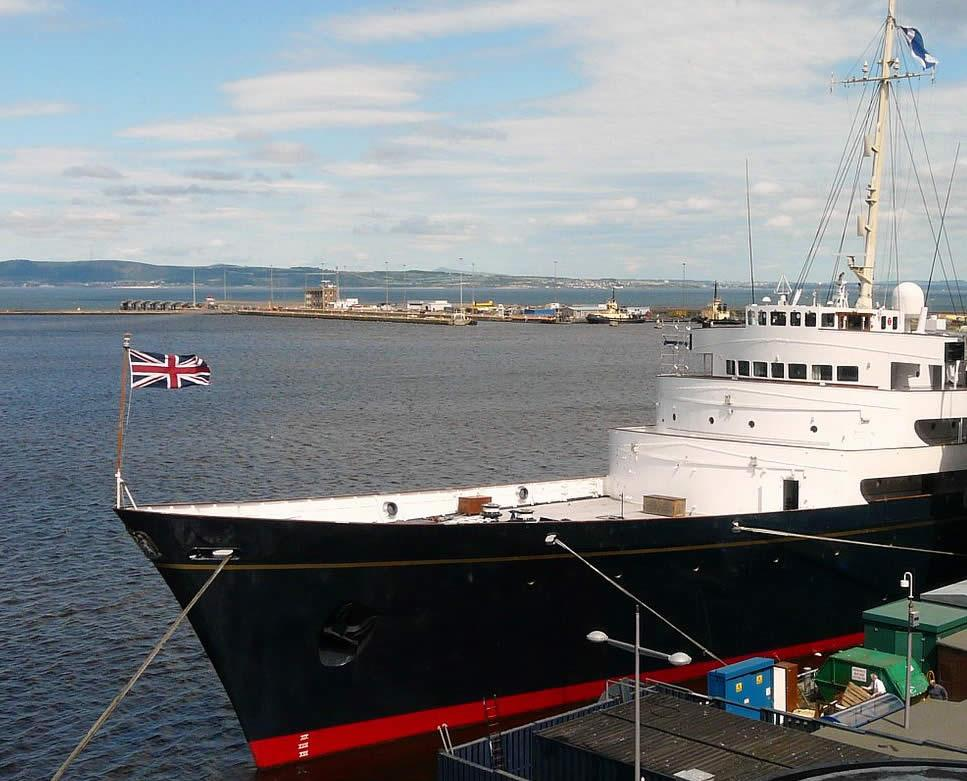Union Jack or Union Flag?

The Crosses of Saint George, Saint Andrew and Saint Patrick unite to form the Union Flag or Union Jack of the United Kingdom.
Vexillologists, scholars and enthusiasts who study flags, get very picky as they endeavor to be strictly accurate in describing flags. Sometimes they get too carried away and magnifying a small detail causes them to miss the larger picture. The name of Britain’s flag is one such issue.
The flag of the United Kingdom is a combination of three flag each bearing a cross symbolizing one of the three kingdoms which constitute the British nation. A white flag with a red cross, known as the Cross of Saint George, represents England; a blue flag with a white X-shaped cross, known as the Cross of Saint Andrew, stands for Scotland; and a white flag with a red X-shaped cross, called the Cross of Saint Patrick, has become recognized as the symbol of Ireland. Sandwich the three flags together and they form the Union flag of the United Kingdom of Great Britain and Northern Ireland. Formally, the flag is known as the Union Flag, but for centuries it has been popularly known as the Union Jack.
If “Union Jack” were merely a nickname, like Old Glory, the Star-Spangled Banner, and the Stars and Stripes are nicknames for the United States flag, its popular use should be understandable and acceptable. There is something familiar and charming about referring to this historic banner as the Union Jack. Certainly veterans who have defended the U.K. feel they have the right to address their flag in familiar terms. As in fact do many other subjects of the Queen.
Nevertheless, some have insisted that the term Union Jack refers only to a special nautical flag flown on the jack staff at the bow of ships. The term jack refers to these specific maritime flags not only in Britain, but in nations around the world. In the United States, for example, the jack is the union of stars displayed without the field of thirteen red and white stripes. So, in that sense the U.S. jack could also be called a “Union Jack,” but it is simply call the United State Jack. Jacks flown by other nations may not necessarily be a union device, but some other design adopted to be flown on the jack staff of their ships.
Still, call the U.K.’s flag the Union Jack, and a vexillologist could be quick to point out that on land the flag was to be called the Union Flag, and it could only be called the Union Jack when displayed on the jack staff of a vessel. I must admit that I have often avoided using the term “Union Jack” just to avoid the debate.
 Now, however, Graham Bartram has come to the rescue. Bartram is the Chief Vexillologist of Britain’s Flag Institute. Having made a careful and exhaustive study of the question, Bartram has determined that the term Union Jack has been used historically to describe the Union Flag whether flown on land or as a jack aboard a ship. So, vexillologists and other flag enthusiasts can relax as either name is perfectly correct. O.K., so if it is flown on a jack staff it is correctly termed a jack, but the design of the jack is, yes indeed, the Union Flag.
Now, however, Graham Bartram has come to the rescue. Bartram is the Chief Vexillologist of Britain’s Flag Institute. Having made a careful and exhaustive study of the question, Bartram has determined that the term Union Jack has been used historically to describe the Union Flag whether flown on land or as a jack aboard a ship. So, vexillologists and other flag enthusiasts can relax as either name is perfectly correct. O.K., so if it is flown on a jack staff it is correctly termed a jack, but the design of the jack is, yes indeed, the Union Flag.
So, three cheers for the Union Jack. It is after all an ancestor of our own Stars and Stripes. We inherited our national colors of red white and blue and the concept of a union flag from the Union Jack, and that should give Americans the right to call the flag by its familiar name. Three cheers for the Union Flag sounds too formal and stuffy anyway.

